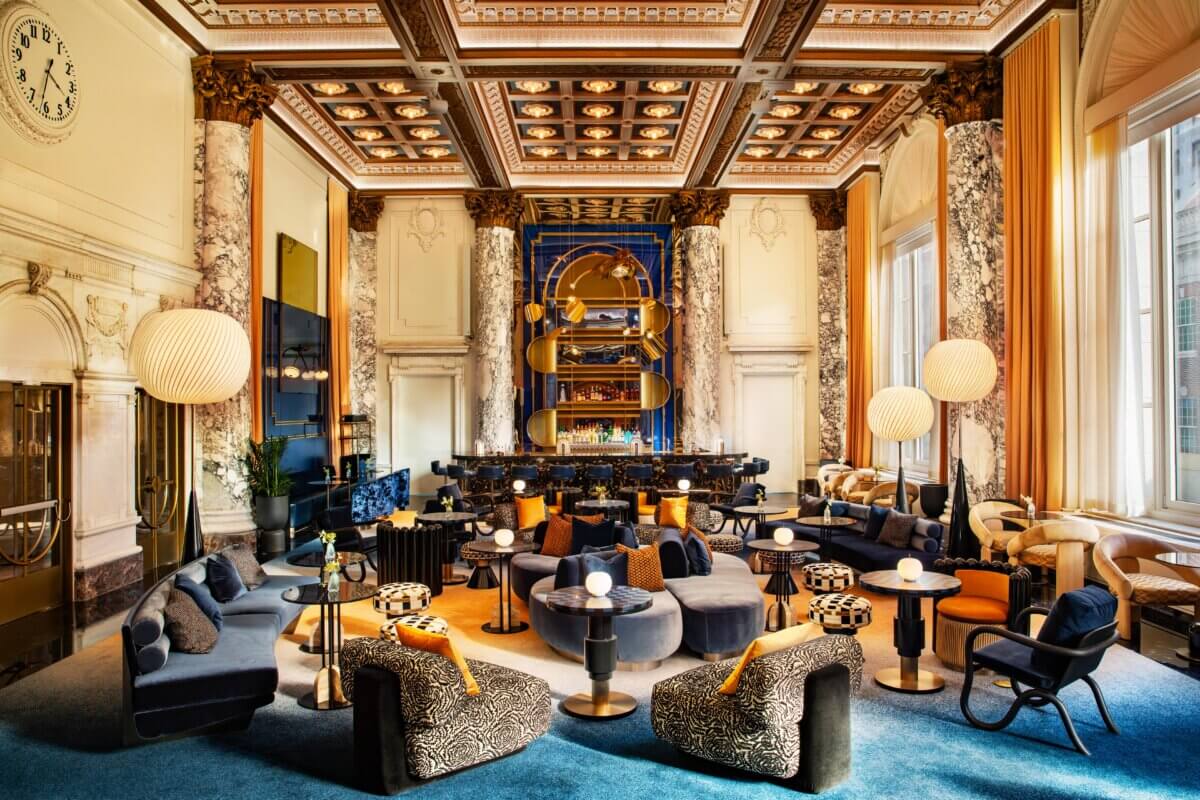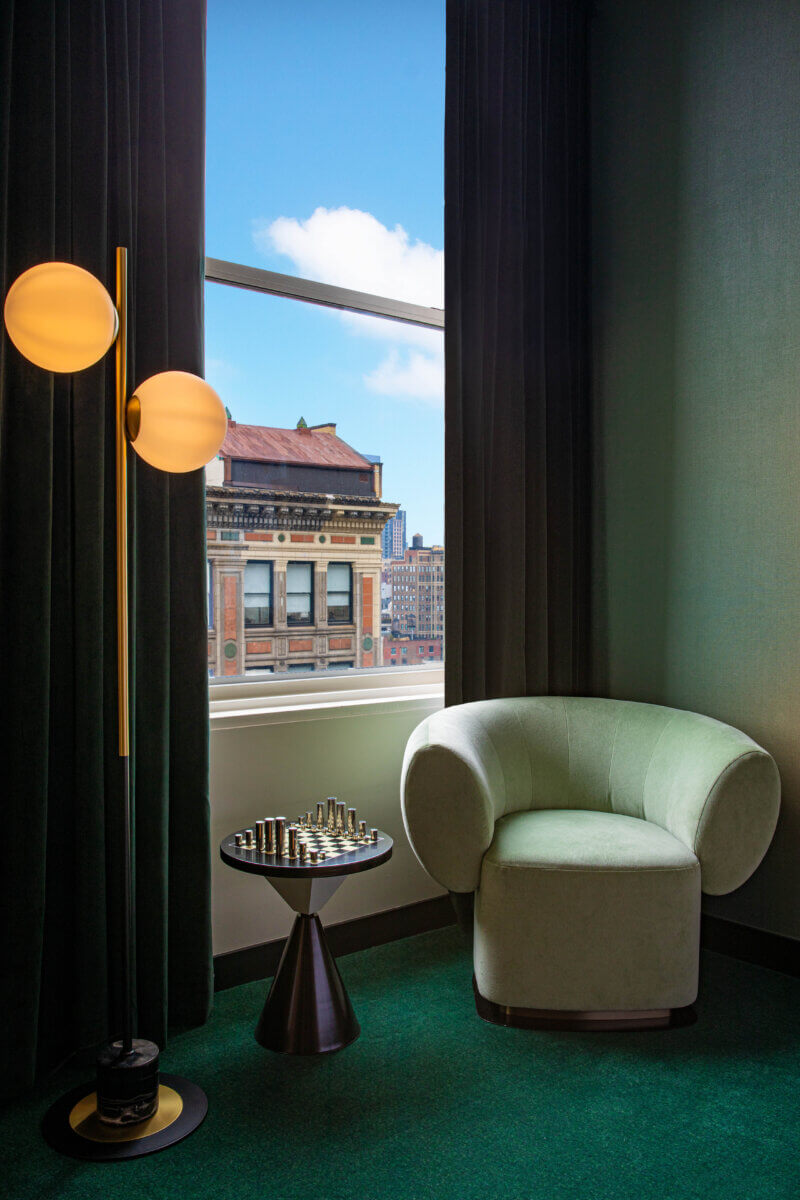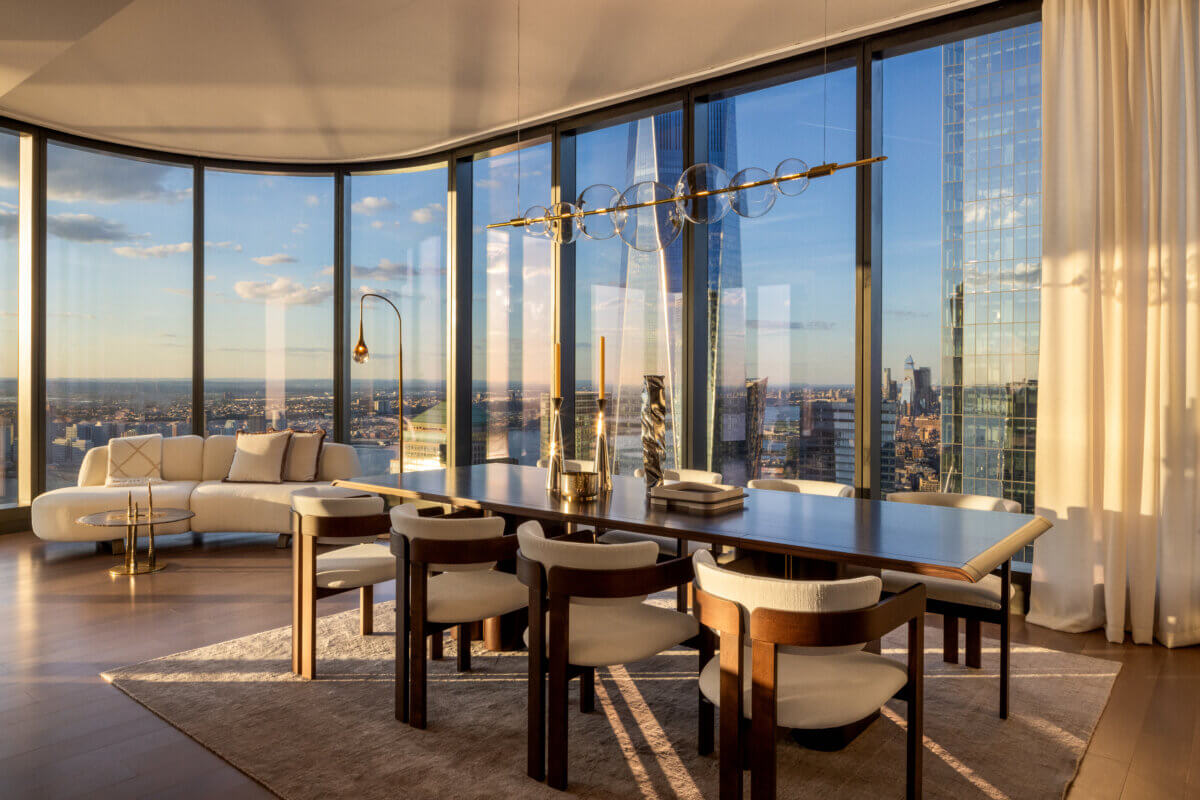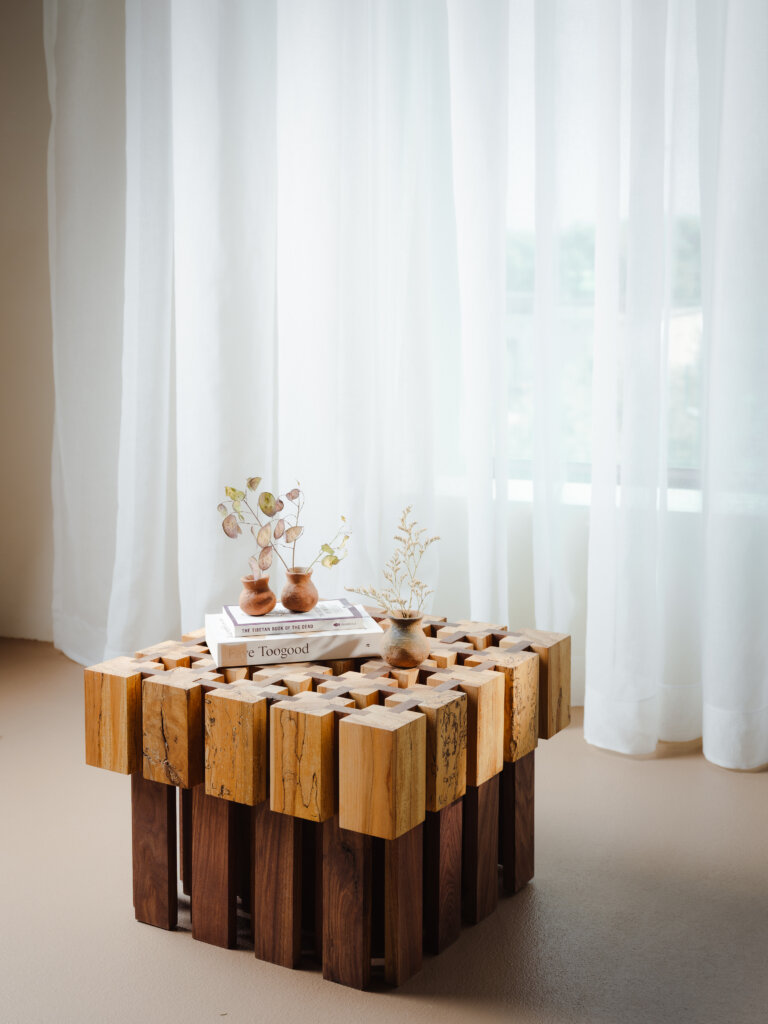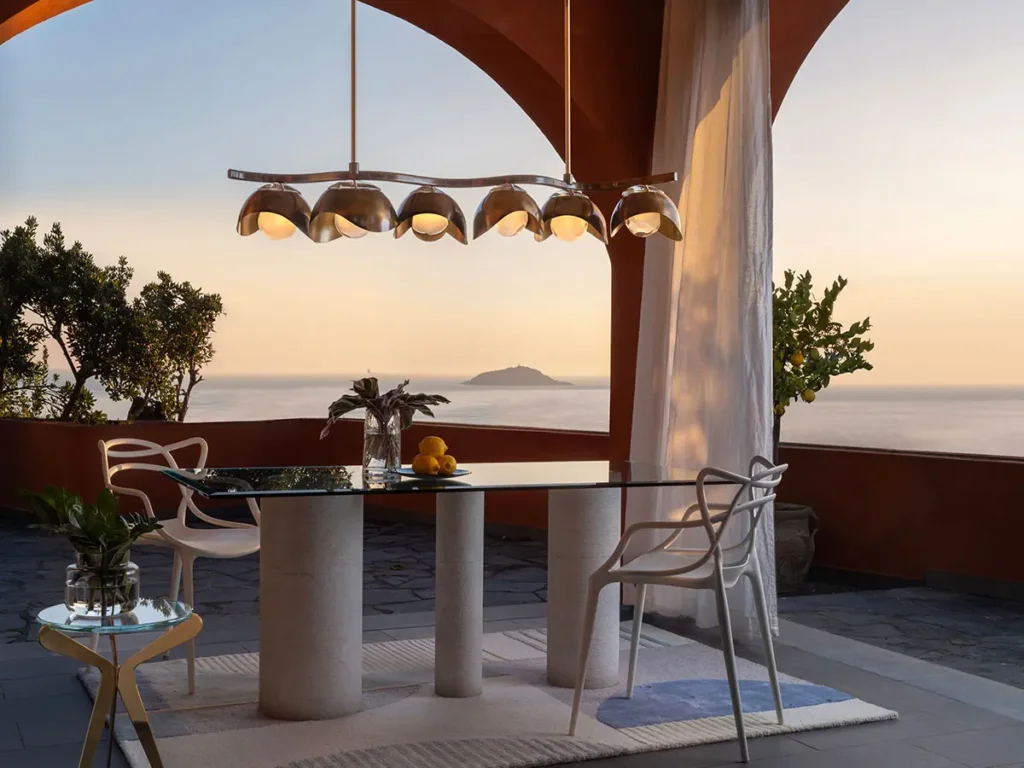
Tariffs on various goods are in effect and there’s no denying their impact on the architecture and design industry. This is true for both the firms operating in the United States and those specialized producers from across the globe that have long been vital resources; providing unmatched services and purveying idiosyncratic products.
Looking at any major hospitality (a booming sector these days), residential, or retail project as of late and one comes across a plethora of furnishings and finishes from abroad, as well as those from the United States. Perhaps nowhere is this more evident than in New York, where a slew of premium brands, concentrating their showrooms in neighborhoods such as Nomad, SoHo/Tribeca, and increasingly Dumbo, have a strong presence and, until now, a good return on investment. The future seems unclear but many industry players are finding new solutions.
(Image above: Living Room at the W New York-Union Square – Design: Rockwell Group – Photo: Michael Kleinberg)
“There’s no workaround and it’s pretty straightforward – if you want to source from overseas, it will cost more,” says highly-sought-after New York interior designer Josh Greene. “How much more? Who even knows given how slapdash the regulations were rolled out, changed, cancelled and then reestablished and maybe changed again.”
“The vendors have been pretty communicative about giving everyone a head’s up when they planned price increases. They have also been good about honoring their prices if you had something in production that hadn’t shipped yet or had something on a recent quote. In those instances, they just ate the increased cost or tariff. But going forward, things are going to get more expensive and the clients are unfortunately going to feel that. We will definitely ask ourselves while shopping, can we find that domestically? But not everything can be sourced here, especially for how we design our interiors.”
Regardless of this current uncertainty and inevitable certainty, a vast array of hotels, for instance, are still getting revamped and will continue to be. Rockwell Group’s recently re-opened W Union Square, the grand accommodation it first, comprehensively outfitted in 2000, is suffused in a cohesive blend of domestic and international design features.
Guestroom and suite sofas are upholstered in fabrics from Danish powerhouse brand Kvadrat. The bathroom vanities, mini-bar cabinets, and wall panels were produced right across the border in British Columbia, Canada. Accent tables in the lobby are from hip French brand La Chance. Task lamps are from Italian blue chip luminaires brand Flos. However, perhaps the most impressive is the ballroom bar countertop, custom crafted by noted Polish designer Marcin Rusak using his signature resin-submerged flower technique. The elements were created in Europe and shipped over.
As much as some components stand out, the retrofit was so well accomplished that there’s almost no distinction. There would be a clear sense of something missing if some, the international pieces, never made it in.
Greene echoes this sentiment: “All my projects have a mix of things that are made in the USA and also imported. A recent project has a pair of custom glass vases commissioned from an artist in Paris. Fabrics from vendors like Pierre Frey who weave in France, Italy and the UK. The rugs are handwoven in India and Nepal. Even when we shop locally at showrooms like Love House, for example, they represent artists and makers from around the world. So even though we’re shopping in NYC, we’re sourcing internationally. We also work with local makers, of course, but it’s always a mix.”
Shelley Baxter, the studio lead of international practice March and White Design (MAWD), concurs: “As a global interior design studio, many of our projects in major US cities have been in partnership with international clients, and domestic clients looking to serve global audiences.”
New luxury condo towers are also still going up. They include Tribeca’s The Greenwich, designed by late Uruguayan architect Rafael Viñoly and fully outfitted by MAWD. The demand is still for a coherence of both local and international expertise: the best of the best regardless of borders.
“The project’s developer, Bizzi & Partners, was deeply interested in a project narrative that mirrored the company’s own Italian heritage,” Baxter adds. “As such, Italian design, craftmanship, and materials deeply informed the project, not only as a preference, but an essential part of the project’s DNA.”
While American producers and “made in America” brands have gained traction in recent decades, there’s still a lot of catching up to do. If the idea is to work more with local producers, beyond those with certain already well-entrenched specializations, it still remains significantly more expensive, especially when it comes to custom fabrication.
“As a fabricator myself, it’s been hard to figure out,” adds Greene, who has also developed various collections of his own products to complement his projects but not just. “My medicine cabinets are made in the Philippines and the current administration implemented a 19% tariff to all imports in July. Then earlier this month it was announced that kitchen cabinets and bathroom vanities will be subject to additional tariffs.”
“I don’t think my product falls into those categories but the specifics are scant. I have spoken with three separate domestic factories to explore manufacturing in the US. All three said they are not set up to produce what I make cost effectively.”
As the scale of projects, like those highlighted above, often take a year or more to realize, the full impact of these relatively new policies have yet to be felt. As creatives in the truest sense, architects and designers will continue to find clever solutions to carry out their projects and maintain the highest standards. Producers, brands, and other types of vendors will continue to respond in kind.
More from ICFF:
Guillermo Castello and Danielle Schwartz
Brazil at ICFF 2025
